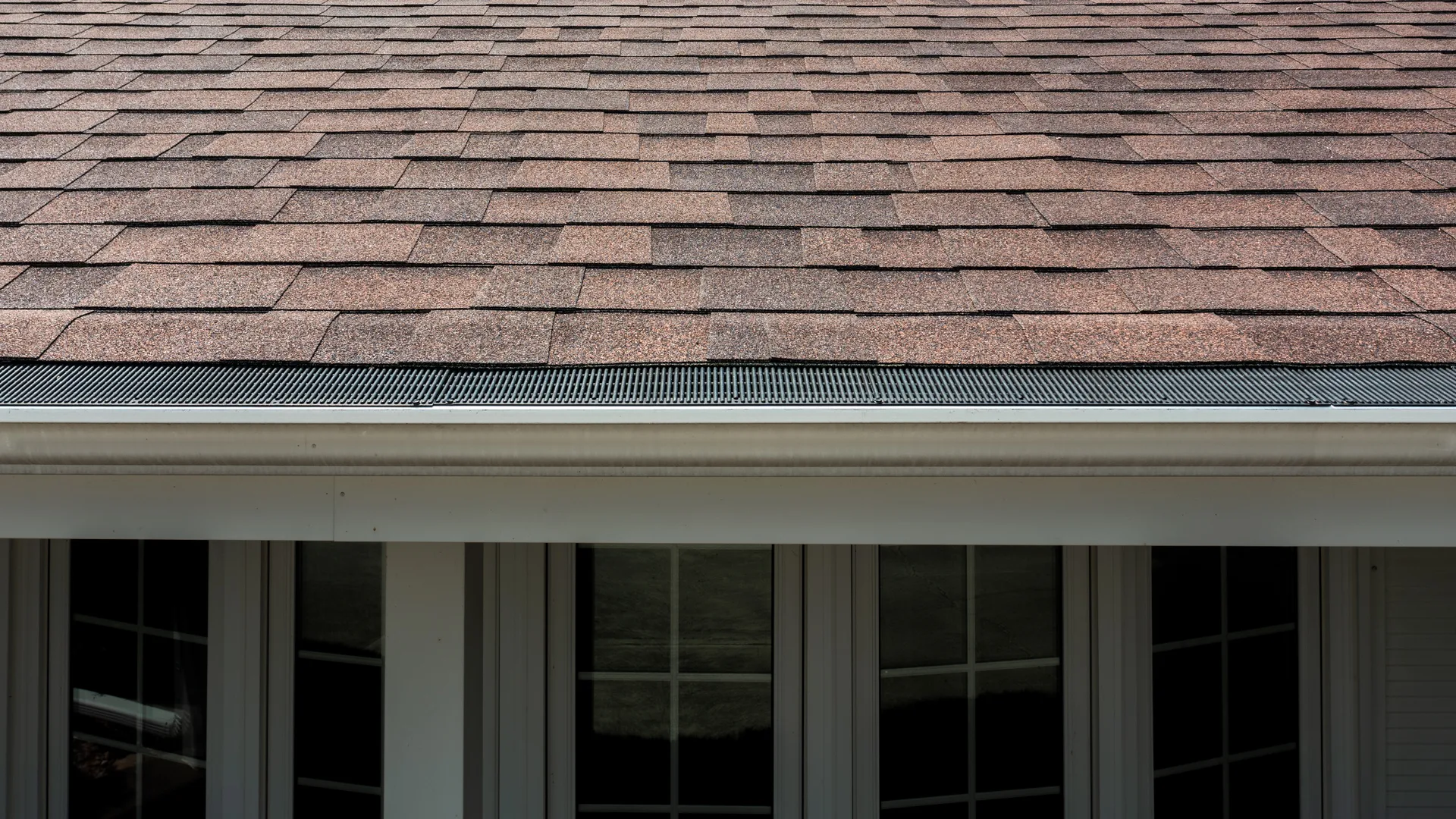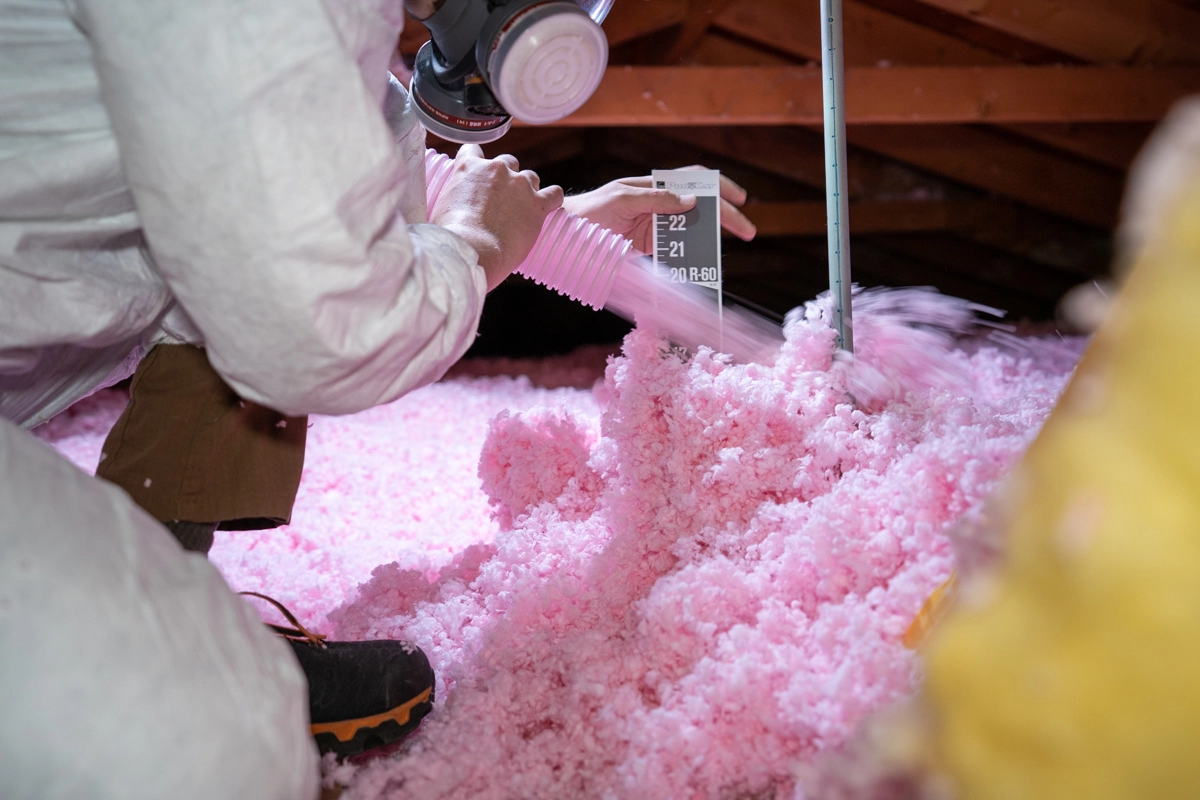Reduce Your Heating & Cooling Costs Today with Blown-in Fiberglass Attic Insulation
Save up to 20% monthly
Reduce Your Heating & Cooling Costs Today with Blown-in Fiberglass Attic Insulation
Save up to 20% monthly
How Attic Insulation Saves You Money
Tired of expensive heating and cooling bills? With average household energy costs in Chicago expected to rise by up to 30% in 2023, homeowners are looking for ways to fight back and reduce their gas bills. The energy crunch is going to be felt most by natural gas users, which is bad news for Chicago, as 8 in 10 Illinois households use natural gas for heating.
This sharp rise in energy costs has steepened the cost-benefit curve of improving your home’s energy efficiency, making adding attic insulation one of the best money-saving home improvement projects of 2023. Topping up your attic insulation also makes your home warmer and more comfortable while adding value and being a selling point for future buyers.
Natural gas users paid hundreds of dollars more in 2021-22 than prior years due to several factors that are causing prices to rise.
This sharp rise in energy costs has steepened the cost-benefit curve of improving your home’s energy efficiency, which is why adding attic insulation is one of the best home improvements that save you money every year.


How Attic Insulation Saves You Money
Tired of expensive heating and cooling bills? With average household energy costs in Chicago expected to rise by up to 30% in 2023, homeowners are looking for ways to fight back and reduce their gas bills. The energy crunch is going to be felt most by natural gas users, which is bad news for Chicago, as 8 in 10 Illinois households use natural gas for heating.
This sharp rise in energy costs has steepened the cost-benefit curve of improving your home’s energy efficiency, making adding attic insulation one of the best money-saving home improvement projects of 2023. Topping up your attic insulation also makes your home warmer and more comfortable while adding value and being a selling point for future buyers.
Natural gas users paid hundreds of dollars more in 2021-22 than prior years due to several factors that are causing prices to rise.
This sharp rise in energy costs has steepened the cost-benefit curve of improving your home’s energy efficiency, which is why adding attic insulation is one of the best home improvements that saves you money every year.

















